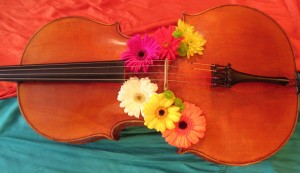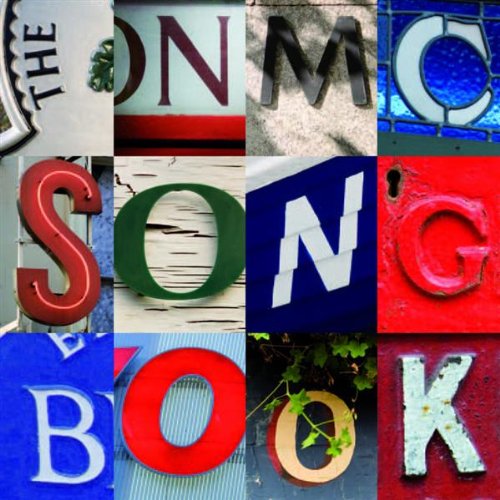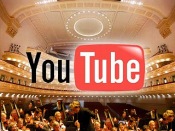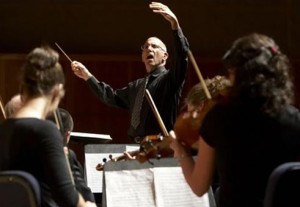There are many compositions dealing with the horrors of World War II. Some of them, like Penderecki’s Threnody for the Victims of Hiroshima, have little to do with the war–Penderecki changed the original title of the work from 8:37 after hearing its first performance. Others, like Shostakovich’s Seventh Symphony, achieved notoriety during the war, but their status in the repertory is still debated. (I can’t stand the Seventh, but find his Eighth Symphony one of the most moving works to arise from the war).
Then there is that genre unto itself, the Holocaust piece. An Israeli colleague of mine once solemnly claimed that if an Israeli wrote a piece about the Jewish Holocaust, they would get a performance by an Israeli orchestra. No joke–he had composed such a work and had a tape of said performance.
There is a curious paucity of works from the actual time of World War II which deal with the subject. Artists always claim to be mirrors of their own time, yet where are all the great reflections of the most turbulent era of the last century? One of the few contemporary composers who called out the Nazis and created a lasting work of art at the same time was Michael Tippett in his A Child of Our Time. Dallapiccola’s Canti di Prigionia is another powerful piece written during the war, although performances are fewer than Tippett’s oratorio. Britten, the self-proclaimed pacifist, during the war years produced–Paul Bunyan? A violin concerto? Peter Grimes?
There has been plenty of music resurrected by composers who perished in Nazi death camps–most of it, to my taste, not worth the effort of programming. The greatest work composed in a Nazi concentration camp was written by a French prisoner of war at Stalag VIII-A, the Quatuor pour la Fin du Temps by Messiaen, which is less about the war then an expression of the composer’s faith.
For works about the camps, of course there is Schoenberg’s A Survivor From Warsaw, a good piece, yes, but I find the 1920’s/30’s neo-Expressionist language of Schoenberg a little over the top. It’s as if F.W. Murnau did a silent horror film about Auschwitz–effective but at the same time curiously dated and overstated.
For years I found Nono’s Il Canto Sospeso to be the most intense, emotionally powerful work inspired by WWII, with its texts drawn from letters of imprisoned Resistance fighters terrifyingly matched to the searing drama of Nono’s music. But for the past 2 decades, I have been fascinated, captivated, and horrified by Steve Reich’s Different Trains. I heard a good performance of this recently, and you can read my thoughts at the link below.
http://www.sandiego.com/arts/connections-chamber-music-series
 …I hope not! They’re the last thing you need for this nine-part quest.
…I hope not! They’re the last thing you need for this nine-part quest.
 It’s sometimes said that composers are either German or French, and American vanguard one Frederic Rzewski, with his much vaunted admiration for Beethoven, is clearly on the German side. But how could he not be when some of his composition teachers like Dallapiccola and Babbitt forsook a flowing lyric line for a jagged dramatic one, whose aim is not to seduce the ear, but to wow with intellectual rigor? But that doesn’t mean that Rzewski’s work is insincere, or lacks power — it has that in spades — but that it tends to be aimed at the mind and not the heart. It’s often confrontational, too. But that’s a good thing because any real musical interaction, like any real human one, has a built in confrontational element, and confrontations help us grow.
It’s sometimes said that composers are either German or French, and American vanguard one Frederic Rzewski, with his much vaunted admiration for Beethoven, is clearly on the German side. But how could he not be when some of his composition teachers like Dallapiccola and Babbitt forsook a flowing lyric line for a jagged dramatic one, whose aim is not to seduce the ear, but to wow with intellectual rigor? But that doesn’t mean that Rzewski’s work is insincere, or lacks power — it has that in spades — but that it tends to be aimed at the mind and not the heart. It’s often confrontational, too. But that’s a good thing because any real musical interaction, like any real human one, has a built in confrontational element, and confrontations help us grow.

 If you believe that the importance of the arts in these times is inversely proportional to the economic news, than there’s never been a better time for YouTube’s Symphony Orchestra. YouTube
If you believe that the importance of the arts in these times is inversely proportional to the economic news, than there’s never been a better time for YouTube’s Symphony Orchestra. YouTube 

